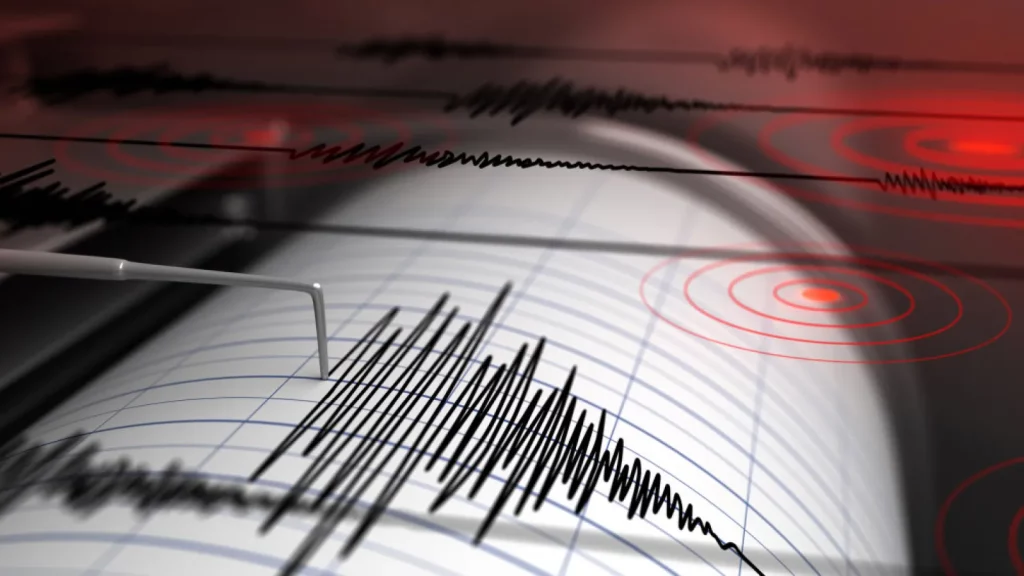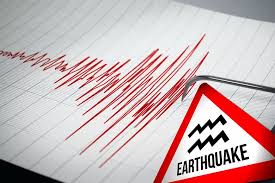A 4.0 magnitude earthquake shook the Northern California region near Dublin early this morning, sending ripples of concern through communities accustomed to living on a fault line.
While the quake did not result in catastrophic damage, it served as a sobering reminder of the seismic risks that continue to loom over the Bay Area. Residents across several counties reported noticeable tremors, and local authorities have since urged everyone to review their earthquake preparedness plans.
A Closer Look at the Quake
The earthquake, which registered 4.0 on the Richter scale, struck in the early hours, catching many by surprise. Seismologists at the California Geological Survey noted that the tremor, although moderate in strength, was felt widely throughout the region. “Even a 4.0 quake can be unsettling, especially when you’re awake to experience it,” explained a local seismologist.
The epicenter was pinpointed near Dublin, an area known for its active fault systems. Although no major structural damage has been reported, several older buildings and homes with less stringent seismic retrofitting experienced minor cracks and shifting. These effects, while not dangerous in the immediate sense, have ignited discussions about the need for continued vigilance and infrastructure improvement in earthquake-prone areas.
Scientific Insights and Seismic Activity
The recent tremor is part of a broader pattern of micro seismic activity that has been observed along the San Andreas Fault system and its associated faults. While a 4.0 magnitude event is relatively common in this region, it still underscores the dynamic nature of the earth’s crust in Northern California.
Researchers emphasize that even moderate quakes can provide valuable data for predicting larger, more damaging events. “Every tremor helps us understand the stress and strain on the fault lines,” noted a university researcher specializing in seismology. Data collected from this event will be incorporated into ongoing studies aimed at refining early-warning systems and improving our overall understanding of seismic risks in the region.
Community Impact and Immediate Response
The quake’s impact on daily life was felt immediately. Many residents described the shaking as sudden and intense, with objects rattling off shelves and pictures on walls falling. One local resident recounted, “It felt like the ground was rolling beneath us for several seconds—I could literally feel my heart pounding.”
Emergency services were quickly mobilized, although no injuries were reported. Local fire and police departments conducted rapid assessments to ensure that any potential hazards, such as gas leaks or structural instabilities, were addressed promptly. Public service announcements were issued advising residents to check their homes for damage and to secure heavy items that could pose a risk during aftershocks.
Aftershocks and Continued Monitoring
Following the initial quake, seismometers in the area have recorded several minor aftershocks, which are considered a normal response after a main seismic event. Although these aftershocks have not caused additional damage, they serve as a reminder of the earth’s ongoing adjustment along the fault lines.
Authorities have advised residents to remain alert and to report any significant aftershocks or damage to local emergency services. “Aftershocks can sometimes trigger further issues, especially in structures that have already been weakened,” explained a local emergency manager. Continuous monitoring by the California Geological Survey is expected to provide additional insights over the coming days.
Lessons in Preparedness and Resilience
The recent earthquake has once again highlighted the critical importance of earthquake preparedness in Northern California. Community leaders and local government officials are urging residents to review their emergency plans, including having secure locations within their homes to take shelter during quakes.
This incident has spurred renewed calls for improved retrofitting of older buildings and infrastructure upgrades to better withstand future seismic events.
Local schools have also taken the opportunity to conduct earthquake drills, ensuring that students and staff are familiar with safety protocols. “Preparedness is our best defense against the unpredictable nature of earthquakes,” stated a school district superintendent. Public workshops and community meetings on seismic safety have been scheduled in several areas to help residents understand the risks and take proactive steps to protect themselves.
Economic and Infrastructural Considerations

Although the quake was moderate, its economic implications could be significant if even minor damages accumulate over time. Experts warn that regular seismic events, even those that do not result in immediate large-scale damage, can contribute to long-term wear and tear on infrastructure. This has prompted discussions among policymakers about the need for increased funding for seismic retrofitting projects and more robust emergency response systems.
Urban planners are now looking at how to better design and maintain buildings, bridges, and roads in a way that minimizes damage from even moderate tremors. “Investing in resilient infrastructure is essential for safeguarding our communities,” said a local urban development official. Long-term planning efforts are underway to ensure that Northern California can better withstand the cumulative effects of frequent seismic activity.
Public Sentiment and Social Media Buzz
In the aftermath of the quake, social media platforms have been abuzz with personal accounts, photos, and videos capturing the moment the ground shook. Many residents expressed relief that the quake was not stronger, while others shared their experiences and offered tips on earthquake preparedness. Community forums have seen a surge in discussions about retrofitting homes and the importance of emergency kits, with local influencers and experts chiming in to offer guidance.
Local news outlets have also dedicated extensive coverage to the event, emphasizing both the immediate safety measures and the broader implications for future preparedness. The collective response on social media and in community meetings reflects a strong sense of solidarity and resilience, as residents come together to share knowledge and support each other during uncertain times.
Looking Forward: Building a Safer Future
While the immediate threat from the 4.0 earthquake has passed, the incident serves as a catalyst for ongoing improvements in earthquake preparedness across Northern California. Officials are urging residents to stay informed about seismic activity and to take proactive steps to secure their homes. The lessons learned from this event will help shape future policies and infrastructure projects designed to mitigate the impact of larger quakes.
In the long term, continued investment in early-warning systems, public education, and building safety will be key to reducing the risk of damage and ensuring that communities are better prepared for seismic events. “We can’t prevent earthquakes, but we can certainly prepare for them,” emphasized a regional emergency management official. By fostering a culture of preparedness and resilience, Northern California aims to safeguard its residents and minimize the economic and personal toll of future seismic events.
In Conclusion
The 4.0 earthquake near Dublin, while moderate, has served as a powerful reminder of Northern California’s seismic risks and the ongoing need for preparedness. As residents assess the aftermath, review their emergency plans, and continue to monitor for aftershocks, the community’s resilience shines through.
With lessons learned from this event, local authorities are committed to building a safer and more robust infrastructure to withstand future quakes. In a region where the earth’s movements are a constant reality, preparedness and community solidarity remain the cornerstones of safety and progress.

